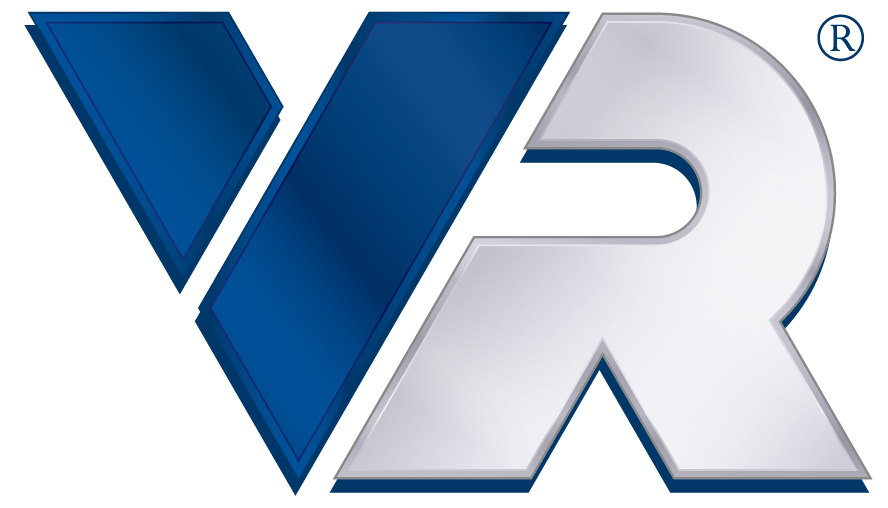Target Evaluation
The evaluation criteria of a candidate should focus on three important issues:
- Sector or Industry.
- Size.
- Price.
This type of screening approach can be accomplished in a manner whereby fundamental information and research is presented by a VR advisor to the client, reflecting all potential goals and requirements.
Thousands of companies are open to acquisition and divestiture. However, unless the needs of the parties are focused, finding the correct transaction may be an impossibility.

A well designed and executed plan of evaluating targets can result in a steady stream of possibilities for a company. Separating attractive opportunities from the many available, requires strict attention to the developed criteria for target evaluation.
That being said, the search and screen process justifies only so much time in the world of mid-market transactions, since the parties have to be prepared to take action quickly.
As mentioned above, sector/industry, size, and price are the key criteria used for the initial screening. Screening for additional attributes will involve us working more closely with you, our client.
Due Diligence
The basic function of due diligence is to assess the benefits and liabilities of a proposed transaction by inquiring into all relevant aspects of the past, present, and forecast future of the business being considered. Due diligence is the most critical role in the Merger & Acquisition process.
Business M & A Focus
Many operate under the theory that once the “handshake” has taken place the deal is complete. In reality, the work has just begun. To determine whether a transaction is as good as it appears, an investigation, “due diligence”, and verification of all representations needs to be completed with the help of professionals.
The scope of due diligence may range from a small effort (reviewing available financial information, visiting facilities, and discussions with management) to a maximum effort that involves a comprehensive investigation and audit. Depth depends on the size and significance of the transaction, price, available audited financials, and the amount of inherent risk present.
A sampling of areas of investigation that should be taken into consideration:
- Patents, trademarks, and copyrights
- Financial and accounting information
- Taxes and timing issues
- Major products, new product development, and obsolescence
- Sales histories and trends
- Market share, product life cycles, and technologies
- Company background and history
- Principle locations and facilities
- Management and executive teams
- Competition and competitive strategies
- Industry growth rates and profitability
- M & A activity in the industry and sector
- Government regulations
Some common problems or exposure areas that need to be further investigated:
- Sufficient information and background on management
- Tax contingencies
- Unrecorded liabilities and related-party transactions
- Poor financial controls and future expenditures
- Regulatory problems and foreign operations
- Inventory distortions and overvaluation
- Litigation
- Dressing up of financial statements
- Receivables not collectible
- Sufficient information and background on management
If proper planning has gone into the process, the effort involved to complete due diligence will be routine.
Acquisition
The environment for acquisitions is extremely competitive and therefore makes it advantageous for acquirers to be both well prepared and opportunistic. Acquirers need to understand key trends in the markets and their causes, and be prepared for all phases of the transaction in order to be able to move quickly and intelligently.
By designing an acquisition program that directs sufficient attention to each phase of the transaction, time is spent on completing those acquisitions that should be completed under reasonable terms, while avoiding transactions that do not make sense. Implementing a disciplined approach to the process, will help identify specific companies in target industries of interest. The consummation of an acquisition is never easy, whether you’ve done it once, or a number of times. Getting VR M & A involved early, letting us develop a view of what others are doing in the marketplace, and then successfully navigating the more complicated areas of the transaction, can mean the difference between your deal meeting or falling short of expectations.
Divestiture
Arrow signs and other road markings. Even the most difficult divestiture obstacles can be overcome through extensive preparation. Becoming a prepared seller can help maximize value and reduce risk. For the acquirer, the prepared seller’s assets are more valuable since they are able to quickly execute the transaction and immediately focus on capturing synergy. To become a prepared seller a divestiture process plan should be developed prior to contemplating a transaction. Both transaction and separation readiness are key in preparing for a sale and execute simultaneously.
Transaction readiness – includes selecting an exit planning strategy, preparing financial statements, planning for tax efficiency, and establishing a voice for the business.
Separation readiness – includes establishing a definitive separation strategy, assessing functional impacts, eliminating stranded costs, and creating a “Day One” readiness team.
Engaging these considerations – among others, in advance of a divestiture, can enable a company to become a better prepared seller.
Transaction Execution
Signing a contract. Value is gained through a successful transaction, and can be enhanced through seamless and rapid execution. VR’s detailed focus on exit planning, value creation, communications, and executing, maintains business continuity for clients, employees, investors, and shareholders.
As mid-market companies continue to demonstrate their importance to the overall world economy, they also are demonstrating resilience and adaptability. The dynamics of the marketplace may change from year to year, but the same basic factors are always present. Owners want liquidity, families disagree about the future direction, rapidly growing organizations need capital and other resources, industries consolidate, and corporate divisions are divested. The private middle-market transaction has special characteristics and requires a special approach different from the merger of two large, publicly owned enterprises.
Integration
Acquisition integration plans should be formulated even before negotiations finalize. To ease the transition an internal team whose function is focused on integration should establish which managers will be directly responsible for specific activities after the acquisition.
Key areas that should be addressed by the integration team can include:
- Planning for possible incentive compensation programs to motivate and assure retention of key executives of the target company.
- Developing probable reporting relationships.
- Analyzing which functions will be integrated and which will remain autonomous.
- Preparing for potential personnel conflicts.
- Combining productive assets.
The exact forms of integration needed will depend upon the type of acquisition completed. After all, an acquisition is based on the premise that gains from the transaction will exceed the premium paid for the acquired organization.
Since 1979, VR Mergers & Acquisitions has specialized in the advising privately held middle-market companies navigate the transactional process.
Is this a right time to sell?
Schedule a confidential appointment with our agent and develop your exit strategy and prepare your business for sale.


